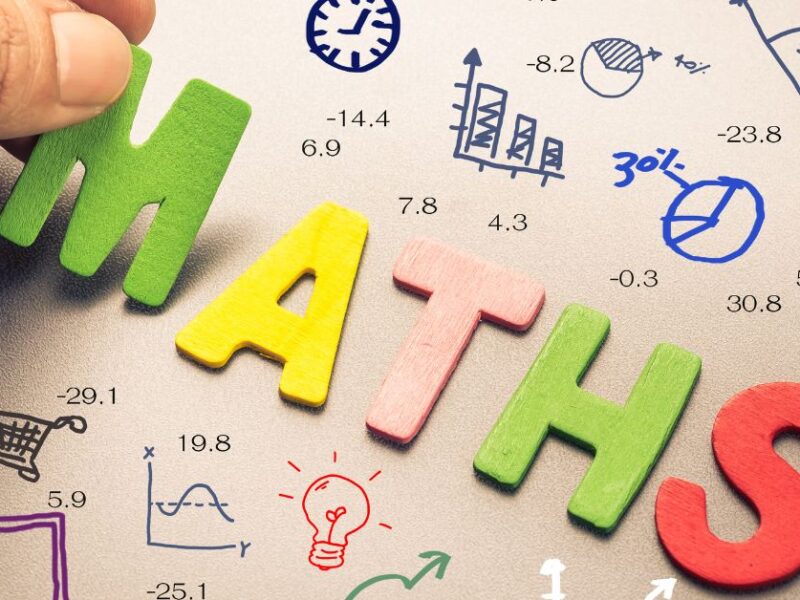It’s shocking that over 100 million students worldwide don’t like math.
This means that teaching math to middle schoolers can be an uphill battle. You shouldn’t feel discouraged, though. There are all kinds of tricks for making math more approachable.
What can middle school math teachers do? Read on for five brilliant math teaching strategies.
Table of Contents
1. Hands-on Activities and Math Games
One effective way to capture the attention of middle school students is by incorporating hands-on activities and math games into the curriculum. These interactive methods make learning enjoyable. They also help students visualize and understand abstract middle school math concepts.
For instance, teachers can use these things to illustrate geometric shapes or algebraic equations:
- Blocks
- Counters
- Online simulations
Math games like bingo, card games, or interactive apps reinforce key skills. They also foster a sense of friendly competition that motivates students to participate in their learning.
2. Real-life Applications
Middle school students often question the relevance of the math concepts they’re learning. To address this, teachers can integrate real-life applications into their lessons. It’s one of the greatest teaching math strategies.
What happens when you connect mathematical principles to everyday scenarios? You can show students how people use math in the real world. When teaching fractions, teachers can use recipes to show the importance of fractions in cooking.
This approach makes math more relatable. It also emphasizes its practical significance. This students more motivated to master math concepts.
3. Differentiated Instruction
Middle school students possess various learning styles and abilities. Differentiated instruction caters to these differences. You can tailor your middle school teaching methods to meet individual needs.
Educators can use a mix of the following:
- Visual aids
- Verbal explanations
- Hands-on activities
You should give extra support or challenges based on students’ abilities. This ensures that each learner receives personalized attention. Students can feel confident and engaged.
4. Collaborative Learning
Middle schoolers often enjoy working with their peers. Collaborative learning can harness this natural inclination. Group activities and projects encourage students to do the following:
- Discuss math concepts
- Share ideas
- Learn from one another
This strategy enhances their understanding of math. It also promotes essential teamwork and communication skills.
Teachers can assign group projects that involve solving real-world math problems. This helps students pool their knowledge and work together to find solutions.
Collaborative learning makes math more enjoyable. It also prepares students for future academic and professional challenges.
5. Technology Integration
Adding technology to the middle school math program can also enhance the learning experience. These tools give students the chance to explore math in a dynamic way:
- Interactive whiteboards
- Educational software
- Online resources
- Virtual manipulatives and simulations
- Apps and games
These things make learning enjoyable. Math will feel more relevant in the 21st-century classroom.
These Are the Greatest Strategies for Teaching Math to Middle Schoolers
Teaching math to middle schoolers can seem daunting. Not many people prefer this subject. Using these strategies is a brilliant way to make your classroom more exciting.
Was this guide on math teaching strategies helpful? Dig around our blog for more educational content.



